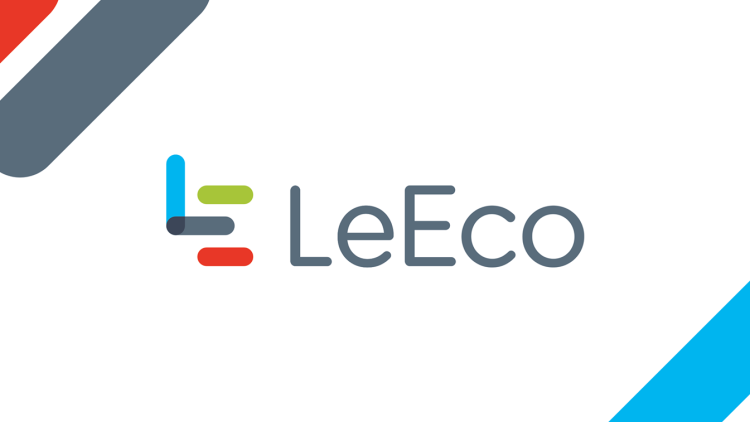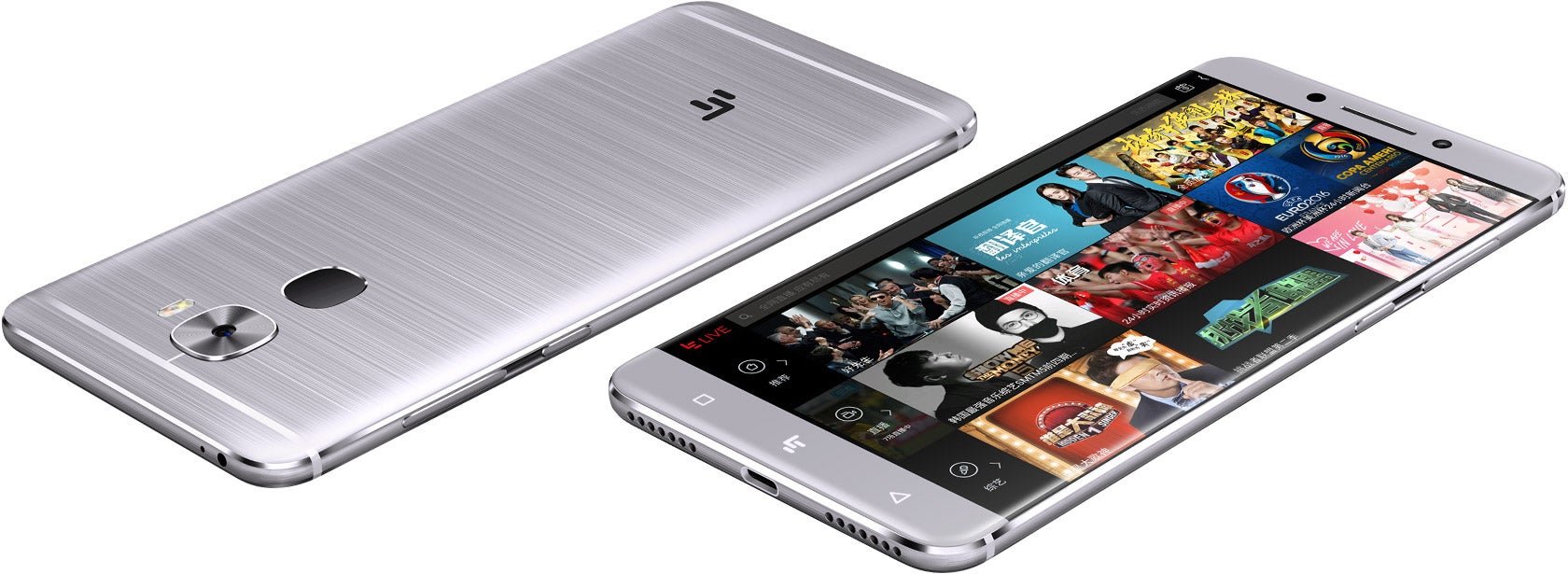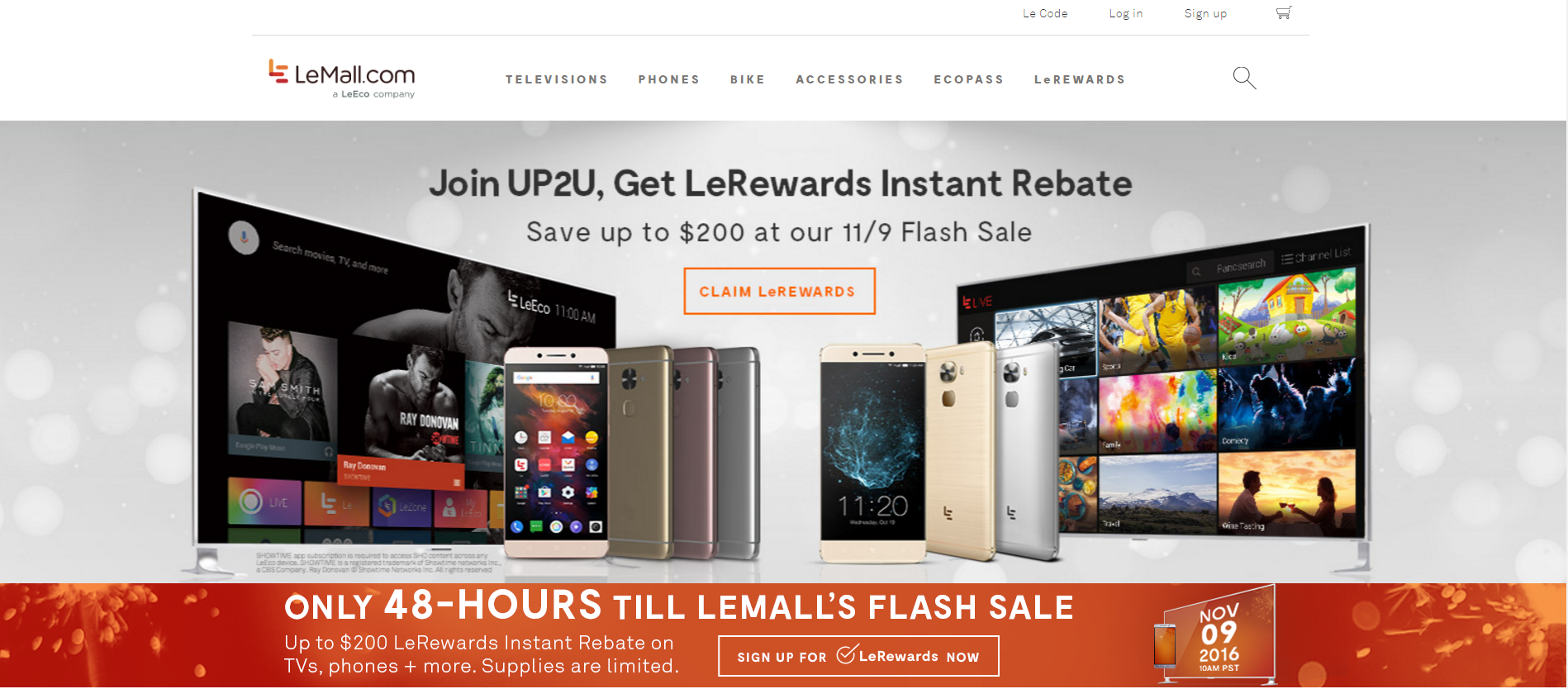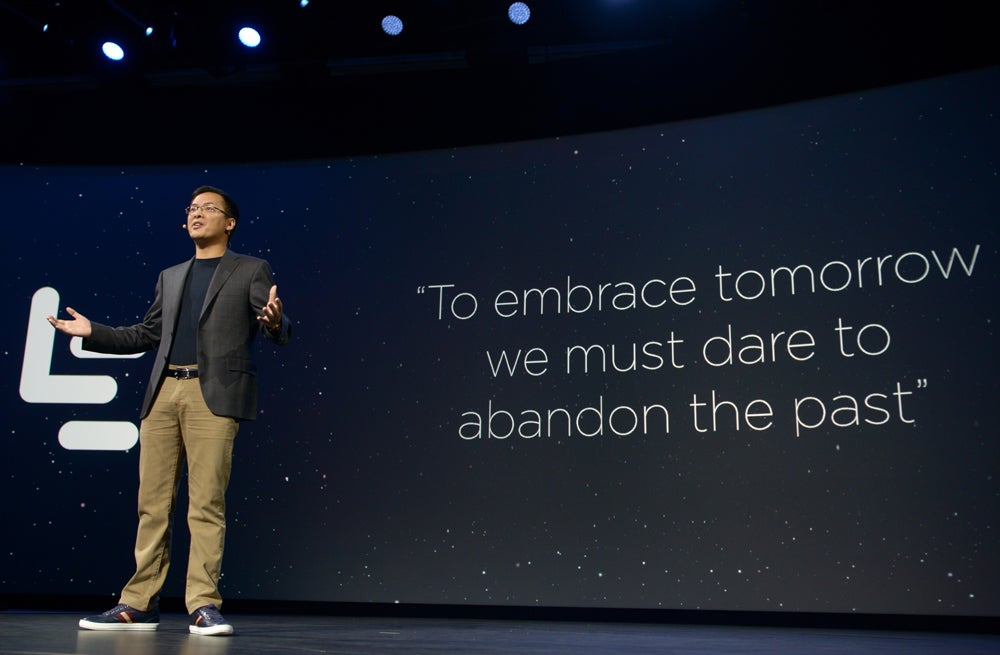LeEco is their own worst enemy in the company's attempt to breach the US market
This article may contain personal views and opinion from the author.

Back in October, a company by the name of LeEco took the stage in San Francisco to introduce an entirely new line of products in the United States. The company has built up quite a name for itself over in China, and they were hoping to finally bring that success over to the US. The company held a true spectacle of a press event and introduced a heap of new products (including smartphones, TVs, a bicycle, and a ton of accessories to go along with these) at very competitive price points. The LeEco Le S3 and Le Pro3 feature very similar specs and price points to other budget Android offerings we've already seen this year, but LeEco made a big push to market these as much as they possibly could. The day following the company's event in San Francisco, I started noticing LeEco advertising banners everywhere I went. From Facebook, tech sites, and everywhere else, I was seeing advertising for LeEco and their newly available products in the US. We finally got a company in the US that's making solid, budget smartphones (among other products) and marketing the heck out of them to really make a name for themselves.

LeEco is making quality smartphones and marketing them like crazy.
Following the company's press event, we got official word that the first flash sale would take place on November 2nd. To kick off the introductory sale of the company's new products, LeEco advertised that they'd be offering rather steep discounts on all of their gadgets - with the most notable ones being the Le S3 and Le Pro3. With normal prices tags of $249 and $399 respectively, the devices could be picked up for just $149 and $299 after a $100 rebate. Scoring phones of their caliber for such a low price point seemed fantastic.
November 2nd came, the flash sale took place, and then November 3rd was upon us. Rather than the phones being for sale at their normal price without the rebate, we got something that I honestly wasn't expecting.
LeAvailability is LeProblem
LeEco sells all of their products through their own storefront that they call "LeMall." On November 2nd, all of the company's products could be purchased with those rebates if and only if you signed up for the LeRewards program beforehand. Again, that's perfectly fine. However, on November 3rd, none of the products could be purchased any longer. And, as it currently stands, you won't be able to purchase a LeEco product again until November 9th.
This is how flash sales work, and it's a strategy that LeEco (and other companies) has been using in China to great success. Products are only available for a certain amount of time on specific days, people rush online to buy them as fast as they can, the flash sale ends, and the cycle continues over and over again. While this is a marketing technique that's proved to turn out positive results for LeEco is China, it's a business model that's, in my opinion, going to cause the company nothing but trouble in the US.
Competitive buying/selling simply doesn't work in the US.
For the common smartphone owner in the US, buying a phone primarily consists of going to a retail outlet like Best Buy or getting the phone directly through AT&T, Sprint, T-Mobile, Verizon, etc. The majority of phones in the US are still bought with either a 2-year contract or on a monthly installment plan, but stores like Best Buy have taken an initiative to offer unlocked phones from companies such as Blu, Huawei/Honor, Sony, Motorola, and others. These steps are educating the average consumer more about the world of unlocked smartphones, and it's certainly a step in the right direction.
However, with most people still getting phones through carriers, not being available on any major networks in the US was already a big hurtle for LeEco to get over. Then you factor in the fact that the phones and other products can only be purchased on certain days, and you've got a real problem on your hands. I'd understand tweaking the business model to only offer the special rebates on certain days, but only allowing the phones to be available for purchase on very specific days is a step in the wrong direction. It reminds me of the limited availability of products that OnePlus used to offer with their invite system, and although it isn't necessarily the same exact implementation, it's still the same general idea of only offering products at set times to try and increase the hype surrounding them.

I will say this though. In the case of both OnePlus, LeEco, and other companies that use similar selling tactics, this is done not only to build up the excitement surrounding the products, but also to help better manage the limited inventories that these companies have. By only selling a set amount of products at specific times, LeEco can ensure that they don't have an abundance of inventory lying around that's doing nothing but losing them money. As more and more of these flash sales take place, LeEco will hypothetically be able to get a better idea of how their sales are going, and order their inventory based upon how previous flash sales have gone. It's a strategy that helps to minimize their potential losses, but unfortunately, it's still one that doesn't necessarily work for a market like the US.
Consumers in the United States want to purchase something on their terms, not when a company says they have permission to. This form of competitive buying/selling may be beneficial to LeEco's profit margins in theory, but I can't think of too many people who would prefer to wait for a certain day to purchase a product when they can get something similar in both quality and price whenever they want to. The US is a completely different breed compared to the markets LeEco has previously been operating in, and as such, they need to adopt different selling techniques.
Lights, camera, money loss
Before I even sat down to finally put my thoughts into words for this editorial, one of my colleagues tipped me off to a news story that recently broke. LeEco's CEO Jia Yueting sent out a letter to all of the company's employees to announce that he would be cutting his salary to just 1 yuan (the equivalent of 15 cents). Why did Yueting make this move though?
LeEco is running out of money.
In the letter, Yueting said that, "We blindly sped ahead, and our cash ballooned. We got over-extended in our global strategy. At the same time, our capital and resources were in fact limited." LeEco got overambitious with their plans to expand into the US, and it came back to hurt them.

Gizmododid reach out to the company about this letter, and LeEco's North American Chief Revenue Officer Danny Bowman reassured the site that the US is currently the company's main priority and that they are still on track with their expansion plans. That certainly is reassuring, but there's no getting around the fact that LeEco losing so much cash so early on into their expansion isn't a good sign at all.
Finding success among a sea of competition
Let me be clear about one thing: I want LeEco to succeed. The company has made a killing in China, and their current product line certainly does have some compelling aspects. The phones and TVs being offered look to be of a very high quality for such a low price, and with the right business model, I think the company does still stand a chance at success.
LeEco has compelling products, but an unattractive business model.
However, if LeEco wants to see that success blossom, they need to change the way that they're selling their products. The United States is an extremely different market than China and other countries where these sort of flash sales work, but the same cannot be said for the US. LeEco needs to work on making their products more readily available, and once that's achieved, they need to then focus on getting their products into retail stores and on other online sites. Greater availability is going to be the key to success for LeEco, so now it's a matter of waiting around to see what the company's next move is from here.
LeEco has the chance to turn into something big in the US. Let's just hope they take the right steps to actually make that happen.












Things that are NOT allowed: